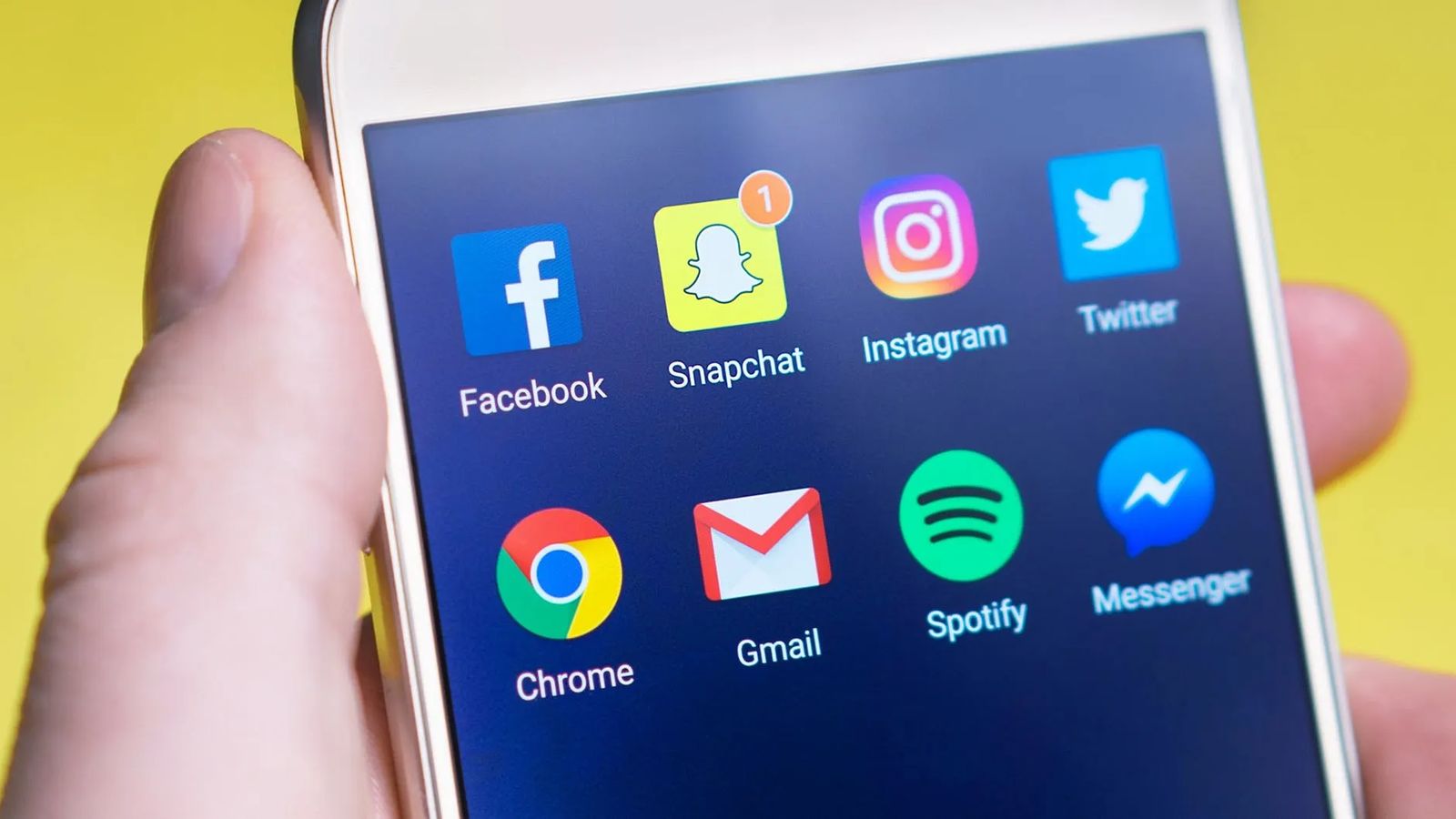
How to Monitor and Keep Your Kids Safe on Social Media
June 20, 2019 | by tyller moline
In parenting, it is very difficult to decide the amount of freedom you give your kids. You must increasingly loosen the reins as they grow up, while simultaneously keeping them safe. Nowadays, social media is a part of the parenting mix, and many parents struggle with knowing how to monitor something they did not have growing up.
Although stalking your kids on social media is tempting, only monitoring them is necessary. So, what is the difference between stalking and monitoring? Well, stalking would be checking your kid’s Instagram story every thirty minutes, and monitoring would be checking it once a day. Of course, the amount of parental control would also be dependent upon your kid’s age. Furthermore, stalking will only drive your kids underground, causing them to behave in unpleasant, sneaky ways: No one likes to feel like someone is constantly watching them! Monitoring on the other hand, if ground rules are laid out in the beginning, will only be viewed as “part of the agreement.”
Snapchat, Instagram, and YouTube are the three most popular social media platforms among today’s youth (Moreau). First off, Snapchat is a mobile app in which users send snaps – pictures, short videos, or messages – to their friends. The unique thing about Snapchat is these snaps disappear, only being made available to the viewer for a short amount of time. Second, Instagram is a social media platform in which photos and videos are shared. Like Snapchat, users can add to their stories, and filters can be used to take pictures and videos. Finally, YouTube is a website in which videos are shared.
Snapchat
Snapchat is typically the most worrisome social media platform for parents, with many fearing the disappearing snaps will breed kids to snap riskier content. Furthermore, the inability to see the content kids are snapping, making it near-impossible to monitor what your kids are doing on Snapchat, sends many parents fleeing. However, if you make it clear to your kids that: (1) the snaps never really disappear, and (2) screenshots can be taken of the snaps they send; then the likelihood of them sending inappropriate content is greatly diminished. There are also “spying” apps such as Spyzie that give you the ability to see the snaps your kids are sending. Yet, Thomas Dodson from Above the Fray – a program dedicated to empowering responsible and safe social media users – warns these apps can cause more damage than good. He discusses how parents tend to use them to spy on their kids from afar, and then suddenly come “swooping in” when they spot something they disagree with. This breeds a lack of trust between parents and children. Therefore, sometimes continual involvement, digital empathy, and open communication are the better tools to have in your parenting tool box.
SNAPCHAT TIPS
- Go to Settings > Who Can > Contact Me/View My Story
- Make sure “My Friends” is selected.
- Go to Settings > Who Can > See My Location
- Make sure “Only Me” is selected.
- Be sure your kids know their “added friends.”
The easiest way to monitor your kids on Instagram, is to add their Instagram account onto yours. This allows you to view their account as if you are them. In other words, you can see their posts, who they are following, who is following them, and the messages they have been sending and receiving. To add an account, go to “Settings,” and under “Logins” you will see “Add Account.”
Many predators use Instagram Direct, the messaging service provided on Instagram, so it is vital to review who your kids are messaging – making sure they know who they are messaging. Conversations between friends or classmates may also need to be monitored to a certain degree.
INSTAGRAM TIPS
- Go to Settings > Privacy > Account Privacy
- Make sure “Private Account” is turned on.
- Do not let your kids put personal information, such as where they live, in their bio.
- Check your kid’s followers.
- Check who your kids are following.
YouTube
Creating a family-shared Google account is a great option for monitoring what videos your kids are watching and uploading on YouTube. To do this, go to Gmail.com, then “Create an Account.” Secondly, “set up your YouTube channel, shared family calendar, and shared inbox for family emails” (Tynan). To view what videos have been watched on the account, click the “History” button on the left-hand side of the screen (Tynan).
YOUTUBE TIPS
- Go to Settings
- Scroll down to the bottom of the page and click on “Restricted Mode.”
- Turn “Restricted Mode” on: According to YouTube, this “hides videos that may contain inappropriate content flagged by users and other signals.”
It is important to monitor what your kids are posting on social media, who they are following, and who they are interacting with; but it is just as important to monitor their state of mind. Are they living in the present, or are they constantly wondering: “Is this a post-worthy moment?” When they post a picture on Instagram, are they only attempting to build-up their self-confidence through the likes they receive? If someone doesn’t reply to their snap, do they feel unworthy? Are they consistently using YouTube videos as an escape? Social media can be a fun, interactive way for your kids to communicate with their friends, but it can also be mentally draining. So, be sure you and your kids are discussing the emotional roller coaster social media takes most youth on.
In short, monitoring and keeping your kids safe on social media involves:
- Laying down ground rules.
- Consistently and openly communicating with them.
- Looking at what they are posting, who is following them, who their followers are, what messages they are sending and receiving, and what videos they are watching.
- Helping them think critically about what they are posting and viewing.
- Showing them digital empathy.
- Making sure social media is a positive in their lives.





